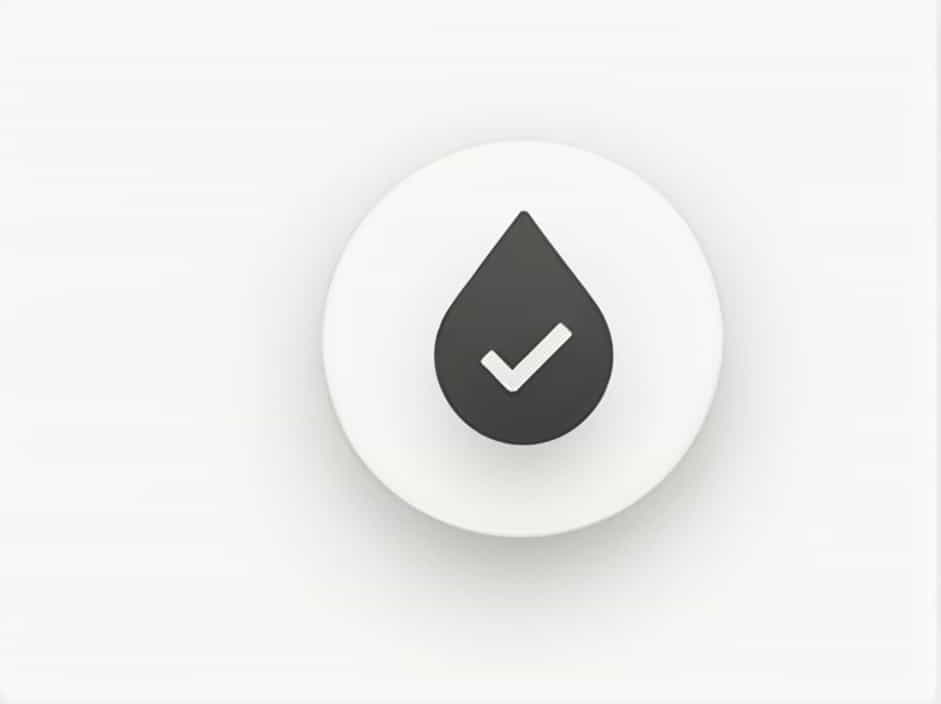Dilution is a common process in chemistry where a concentrated solution is mixed with a solvent (usually water) to decrease its concentration. This process is essential in laboratories, medicine, and various industrial applications.
But what exactly changes when a solution is diluted? Does the amount of solute change? What about the volume, concentration, or mass? In this topic, we will explore the key quantities affected by dilution and why understanding them is crucial.
What Is Dilution?
Dilution is the process of reducing the concentration of a solute in a solution by adding more solvent.
✔ Solute: The substance dissolved in the solution (e.g., salt in water).
✔ Solvent: The liquid that dissolves the solute (e.g., water).
✔ Solution: A homogeneous mixture of solute and solvent.
Dilution Formula
The dilution process follows the formula:
✔ C₁ = Initial concentration
✔ V₁ = Initial volume
✔ C₂ = Final concentration
✔ V₂ = Final volume
This equation shows that as volume increases, concentration decreases.
What Changes When a Solution Is Diluted?
When a solution is diluted, several physical and chemical properties change. The most affected quantities include:
1. Concentration
✔ The concentration of the solute decreases because the amount of solvent increases.
✔ The amount of solute remains the same, but it is spread over a larger volume.
✔ If an acidic or basic solution is diluted, its pH can change.
For example, if you dilute 10 mL of 1 M HCl to 100 mL, the new concentration becomes 0.1 M.
2. Volume
✔ The total volume increases because more solvent is added.
✔ Volume change depends on the amount of solvent added.
✔ The solute ptopics spread out in a larger volume.
If you have 50 mL of a 2 M solution and add 50 mL of solvent, the new volume becomes 100 mL.
3. Molarity (M)
✔ Molarity (mol/L) decreases because the same amount of solute is present in a larger volume.
✔ The relationship follows the dilution formula (C₁V₁ = C₂V₂).
✔ This affects chemical reactions, conductivity, and pH levels.
For instance, if you dilute 5 mL of 3 M NaCl to 15 mL, the new molarity is 1 M.
4. pH (for Acids and Bases)
✔ If an acidic solution is diluted, its pH increases (becomes less acidic).
✔ If a basic solution is diluted, its pH decreases (becomes less basic).
✔ However, neutral solutions (like pure water) remain unchanged at pH 7.
For example, diluting 1 M HCl results in a less acidic solution with a higher pH.
5. Conductivity
✔ Electrical conductivity decreases because the concentration of ions per unit volume is lower.
✔ More solvent molecules separate the charged ptopics, reducing their mobility.
If you dilute a strong electrolyte like NaCl, the number of ions per liter decreases, reducing conductivity.
What Does Not Change When a Solution Is Diluted?
Not all properties change during dilution. The following remain constant:
1. Number of Moles of Solute
✔ The total moles of solute stay the same because no solute is removed or added.
✔ Only the concentration and volume change.
For example, if you have 2 moles of NaCl in 500 mL of water and dilute it to 1 liter, you still have 2 moles of NaCl.
2. Chemical Identity
✔ The solute’s chemical composition remains unchanged.
✔ A NaCl solution remains NaCl in water, whether it is concentrated or diluted.
3. Mass of Solute
✔ The total mass of solute does not change.
✔ Only the mass per unit volume (concentration) decreases.
If you dissolve 20 g of sugar in 100 mL of water and then dilute it to 200 mL, the 20 g of sugar remains in the solution.
Practical Applications of Dilution
1. Medicine and Pharmaceuticals
✔ IV solutions and medications are diluted to achieve the correct dosage.
✔ Over-concentrated drugs can be harmful, so precise dilution is essential.
2. Chemical Reactions
✔ Many lab experiments require dilution to get the desired reaction rate.
✔ Concentrated acids and bases are often diluted before use.
3. Beverage Industry
✔ Soft drinks, juices, and syrups are diluted to maintain taste consistency.
✔ Alcoholic beverages also use dilution to control alcohol percentage (ABV).
4. Environmental Science
✔ Pollutants in water bodies become less harmful when diluted.
✔ Dilution is used in wastewater treatment to reduce contamination.
5. Industrial Applications
✔ Cleaning solutions are often diluted for safe use.
✔ Certain chemical processes require specific concentrations.
Common Misconceptions About Dilution
❌ “Adding water creates more solute”
✔ False. Dilution only spreads the solute in a larger volume. The amount remains the same.
❌ “Dilution makes all solutions neutral”
✔ Not necessarily. Acids and bases still retain their properties, but at lower concentrations.
❌ “Dilution affects solubility”
✔ No. Solubility is a property of temperature and pressure, not dilution.
Dilution is a fundamental concept in chemistry and everyday life. When a solution is diluted:
✔ Concentration decreases
✔ Volume increases
✔ Molarity changes
✔ pH may change (for acids and bases)
✔ Conductivity decreases
However, the total amount of solute, its mass, and its chemical identity remain the same.
Understanding dilution helps in scientific research, medicine, industry, and environmental applications. Whether preparing chemical solutions, adjusting medication doses, or treating wastewater, dilution plays a crucial role in controlling solution properties effectively.
